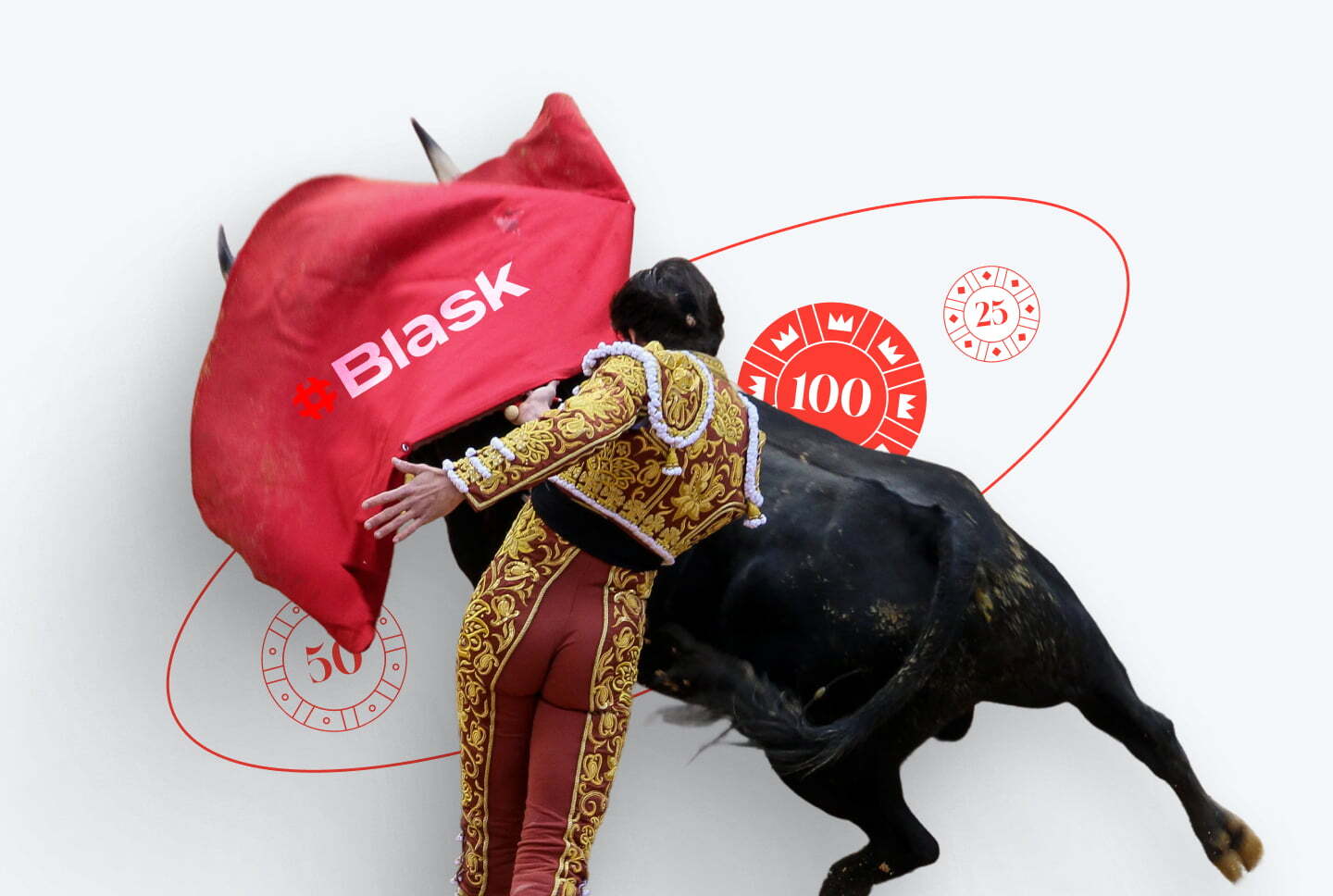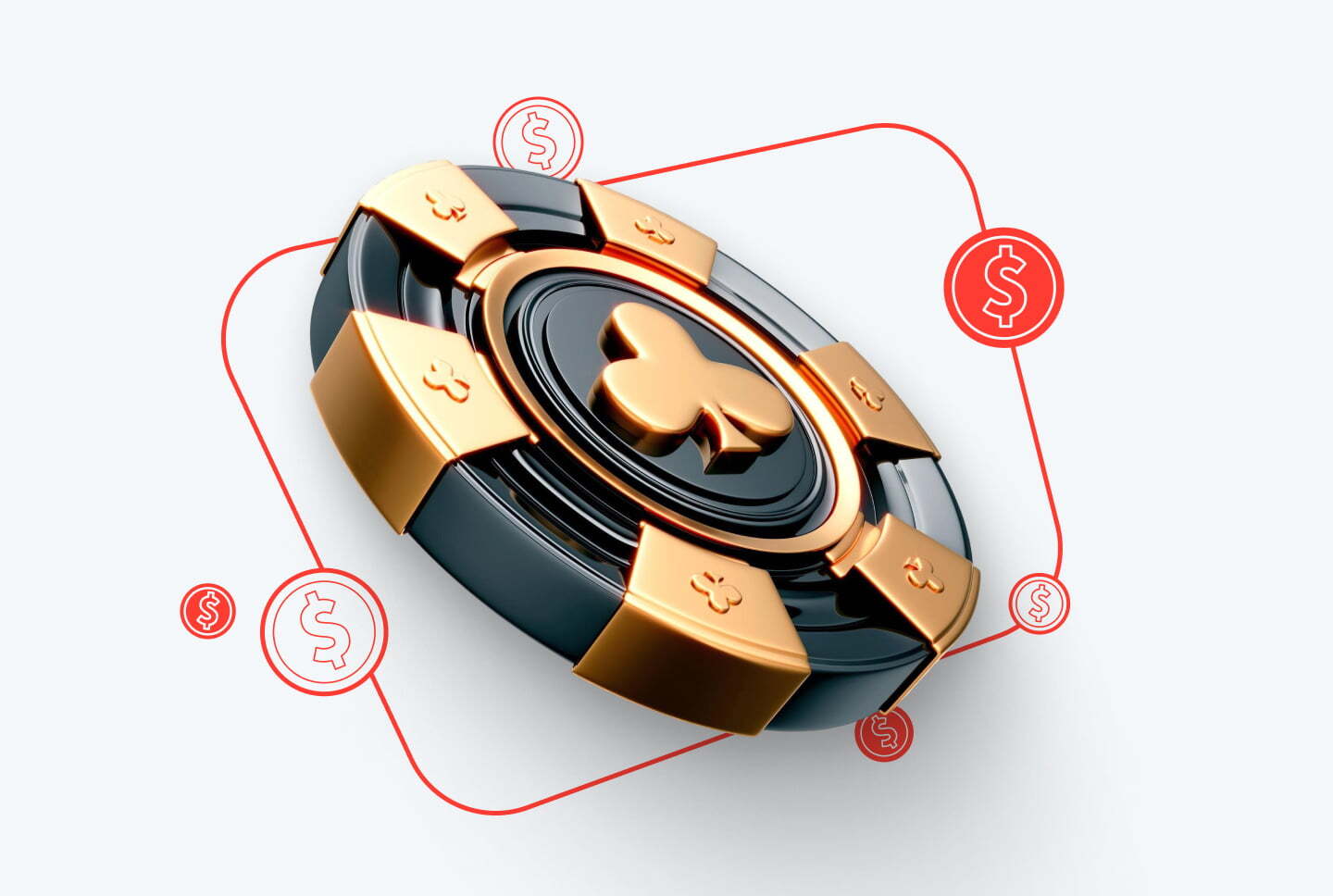First-price auction meaning
First-price auctions is a model used in programmatic advertising where advertisers place bids for ad impressions, and the highest bid secures the win. The successful bidder pays the exact amount they offered, and the advertisement is displayed.
Occasionally, the traffic seller may establish a minimum price, known as a floor price, which is the least bid they are willing to accept. There are two types of such auctions: private or public. That’s the main first-price auction definition that is crucial to understand.
How does first-price auction work?
Now that you know what is a first-price auction, let’s understand the mechanism of its work and provide an actual example.
In programmatic advertising, a first price auction is a bidding process where advertisers compete for ad placements. The advertiser with the highest bid wins the impression and pays precisely that amount.
For example, there are three bids — $4, $4.5 and $5.1. Obviously, during the 1st price auction, the highest bid which is $5.1, wins. And that’s exactly the sum an advertiser pays for his ads to be displayed.
What are the advantages of first-price auction?
There are several pros of first-price auction compared to other models of auctions, let’s have a closer look at them below.
- Everything’s under control. In this case, advertisers have their strategy under full control, they get exactly what they pay for.
- Transparent process. Everything is obvious and anyone can understand how such auctions work.
- Predictable nature. You don’t need to guess how much you’ll pay for impressions, like in second-price auctions, you just know if you won or not.
In terms of disadvantages, there are not many of them, yet there’s a high risk of more competitive aggressive environment and sometimes higher bids as everyone strives to win.
RichAds ad network also uses a bidding model, as soon as the bid of an advertiser wins, he gets the traffic. Make sure you choose an ASAP budget model to get as much volumes as possible within your campaign!
What’s the difference between first-price and second-price auction?
Now that we answer the question first-price auction what is it, let’s compare it to another type of auction — second-price auction.
In the model of second-price auction, the highest bid also wins, but the advertiser doesn’t pay the amount that he won with. He needs to pay the bid of a second winner and $0.01 is added to the sum.
For example, there are three bids: $4, $4.5 and $5. Again, wins the highest bid, which is $5 in the case, but the winner pays $4.51.
If you wonder what’s the main advantage of a second-price auction, it’s the reduced risks of overspending, so an advertiser doesn’t pay more than expected to simply win the competition.
What is RichAds?
Ad network for telegram ads,
high quality push and popunder ads,
domain redirect, native and display traffic source,
buy push ads at $0.005 (CPC), pop ads at $0.5 (CPM),
domain ads costs start from $1.5 (CPM), native ads — from $0.001 (CPC),
ad network offers large volumes of traffic in more than 200 geos from Tier 3 to Tier 1.
Related articles:
- Demand-Side Platform
- Real-time bidding
- SSP (Supply-side) Platform
- RichAds won the best traffic source nomination from the AWFA
- What Push Traffic is and Where to Buy it in 2025
- Pops Advertising: How to Earn on Pop ads in 2025?























